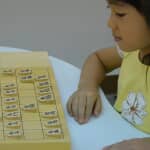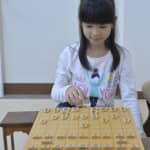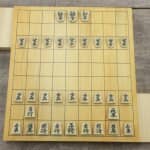Shogi 24 May 2017
Partial Piece Formations: Five Castles with Lovely Names
The other day, we wrote an article titled “Partial Piece Formations: Five Castles with Snappy Names”. As I mentioned in that article, castles observed in Shogi are named “Kakoi”, which is one of Shogi strategies and some partial piece formations to enclose your King with some pieces. Speaking of castle in Shogi games, there are some majestic ones like Japanese castles and also not a few cute ones, whose names make girl’s heart sing like a fairy tale.
Probably you may view on Shogi too classic to play. But, what if Shogi had something out of a fairy tale? Why not give it a try?
So, I would like to write another Kakoi story to introduce some of them with lovely names as a follow-on article.
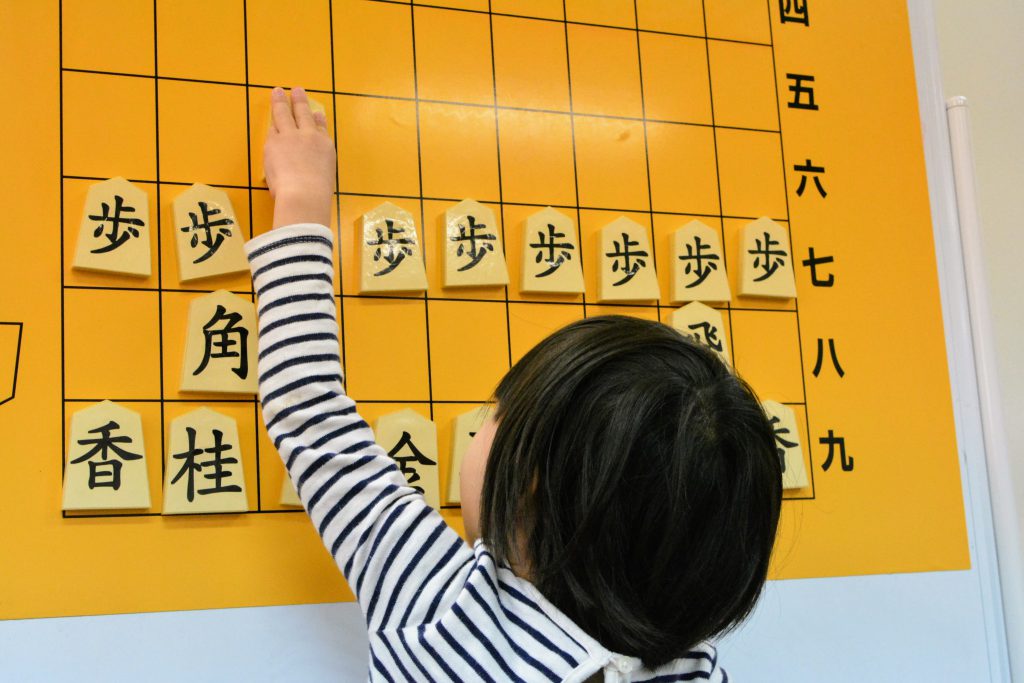
By the way, as always this article is based on only my preference, your kind conforming and tolerance would be appreciated, really.
1. Strawberry castle
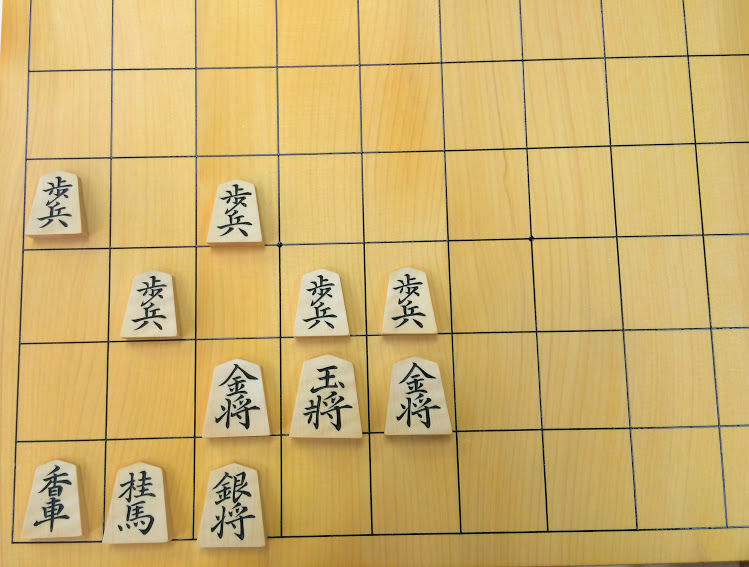
I would say that “Strawberry castle” stands out as the first thing when it comes to Kakoi’s cute name.
Contrary to our expectations, this strategic castles are not always applied for “cute” situations.
First of all, what makes this castle unique and special is the position of a King. Usually when you built a castle, you move your King toward the corner area to protect it successfully. But, under Strawberry castle strategy, you barely move King from its initial position. And along with the King, Gold and Silver who serve as protectors also hardly ever move from their initial settings.
Why don’t you enclose the King firmly at the corner area? The answer is not “you don’t do so”, but “you can’t do so”.
There are two main scenarios of a Shogi game: a scenario for a slow paced game vs for a high paced game. Strawberry castle is usually used under the later situation, in which before you finish establishing a castle, you need to fight against the attacker with your minimum defense.
I am a bit off track and should return to the “lovely” things.
Now, imagine a strawberry in your mind. What does it look like?
It probably has many seeds on its red skin.
Comparing King, or Gyoku to a fruit, and Gold and Silver to many seeds, this Kakoi is given the name of “Strawberry castle”.
Anyhow, if you see this Kakoi during a game, you must be very careful. This “Strawberry” will work very hard to protect its King, trying not to become a poisoned strawberry like a poisoned apple in Snow White.
2. Duck castle

A duck has a very lovely figure, swinging its hips and tail and running. It’s very charming and probably Ducks are the most “lovely” animal among all avian species.
I am talking about Kakoi in this article, so I said “Duck castle” as one of Kakoi. But, actually since this Duck is used rather as a surprise attack, some people name it “Duck strategy”.
It is supposed that this castle is named with a word “Duck”, as the shape of this configuration where pieces of Gold, Silver, Knight, and Pawn are stretching out symmetrically is similar to a duck’s stretching its wing and legs.
You set up a well-balanced camp at your bottom to complete this castle, and try to invade with your Rook and Bishop. As I mentioned before, this Duck is used for a surprise attack. As you know, if it works properly, you will gain a lot. If not, you need to pay a lot. If you fail to manipulate this castle, it will become beyond your control and things will keep getting worse.
Ducks’ wings don’t have flexibilities. Probably, this is a reason why dusk cannot fly high, neither can Duck castle.
3. Diamond Mino

Diamond, an eternal desire of all women in the world. This castle, Diamond castle, has such a gorgeous name and a beautiful shape. As I mentioned in the previous article, the basic definition of Kakoi is strategic formation at the beginning of a game. Four pieces of Gold and Silver make a beautiful diamond shape in this Diamond Mino. Incidentally, I am wondering how many carats this is.
Diamond Mino can be observed often with Furibisha. Furibisha is one of strategies where Rook moves along its original rank to the left side, from the 5th file to the 9th file. In a Shogi game, each player has two Silver pieces out of 20 pieces. Usually, you make one Silver defensive piece and the other offensive. When your opponent use both two silvers to defend is the timing when you launch Diamond Mino as your attack. Diamond is the hardest stone, as you know. Solidness might be the key factor to build this castle.
4. Kushikatsu castle

Unique “lovely” appears suddenly.
For me who was born and raised in Osaka, Kushikatsu sounds more darling than lovely. By the way, do you know what Kushikatus is? It is Japanese style of deep-fried kebab. Meat or vegetables on skewers are breaded and deep fried. It is a kind of soul food in Osaka area.
Anyway, why does this Kakoi have this delicious-sounding name?
Looking for the answer to the above question, let’s factorize Kushikatsu. As I mentioned above, Kushikatus is a deep-fried breaded meat or vegetables on skewers, consisting of a skewer and cutlet. Cutlet is divided into ingredients and dough.
Now it’s time to go back to Shogi. What is Kushikatsu in Shogi?
Kyo, or Lance is also named as Yari, or Spear, after this piece’s ability to move only straight forward. It can be equivalent to skewers. If Kyo was a skewer, what this skewer is skewering is “Gyoku”. In other word, Gyoku is equal to an ingredient. Then as you may notice, what is taking “dough” part is something next to Gyoku: four pieces of Gold and Silver.
This castle is restricted to be made under the situation when you have a strategy of Ibisha, in which you don’t move your Rook during the beginning of a game. The purpose of this castle is to let Gyoku escape from the ability of opponent’s Bishop.
5. Topknot Mino

Speaking of topknot, there is a famous Japanese anime whose main character, Korosuke, wears topknot. Do you know him? Topknot Mino is obviously featured with a Pawn above the head of Gyoku, which is jumping out one square. Personally speaking, if it had a name of Korosuke Mino, it was by far more lovely.
Let get back on track. You might view on this Topknot Mino as a strong defensive device, since topknot is Samurai hair style. In reality, you will have this Kakoi at your disadvantage. This is because you usually don’t make this Kakoi purposely. This formation is usually made under a certain situation where you get cornered to make it against the opponent’s attacks after the completion of a Mino castle.
It could be said that you have already got some scratches. Topknot Mino with some scratches would not be critical, but bear mind not to lose your topknot and become “Ochimusha” who is a defeated samurai fleeing from his enemy.
Well, how does today’s article all sound?
While I was writing the previous article telling castles with snappy names, I got to notice there were many humorous and friendly aspects in Shogi. I think it is quite different from our preconceived idea: Shogi is something “forbidding” or “difficult”.
You want to be more familiar with Shogi with our blogs!
